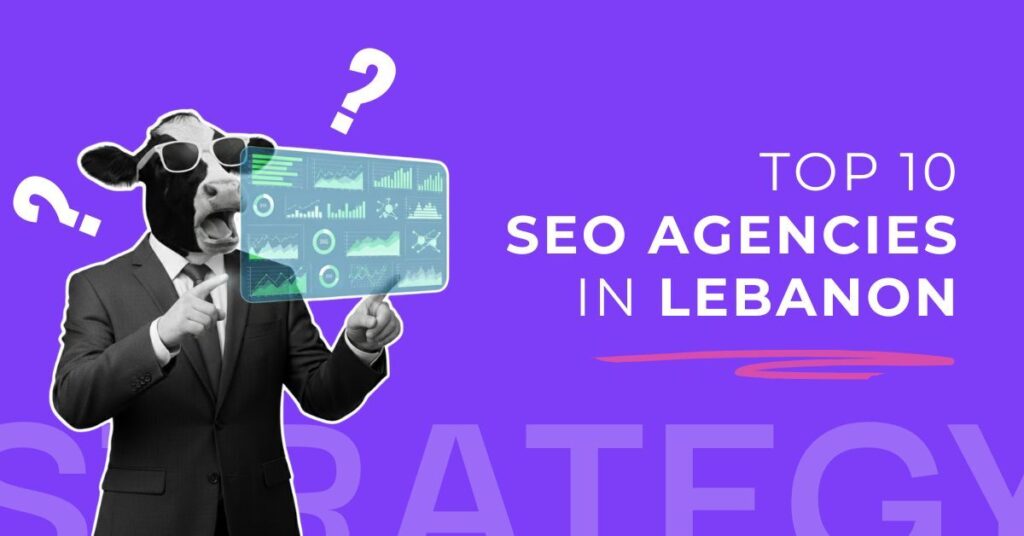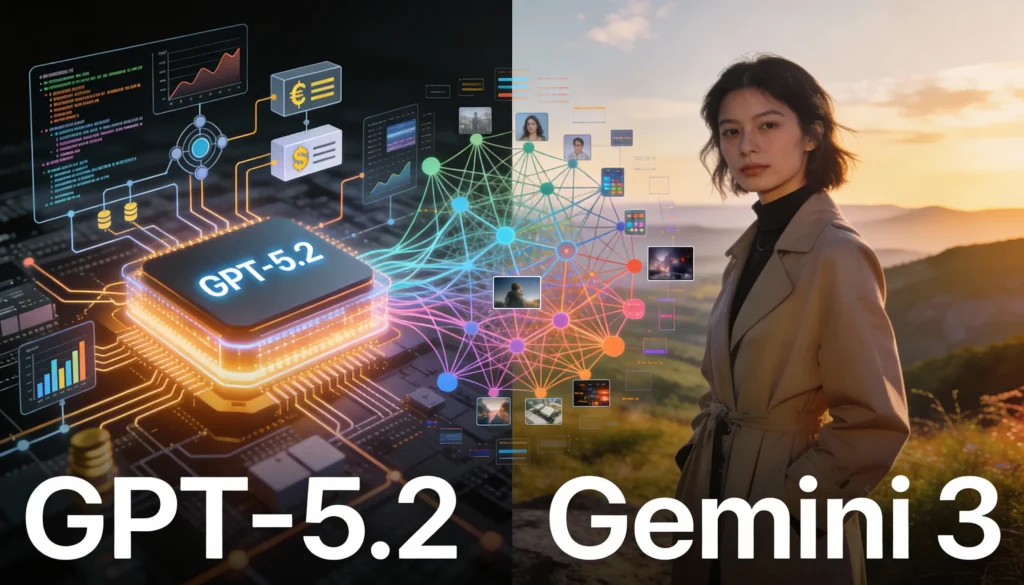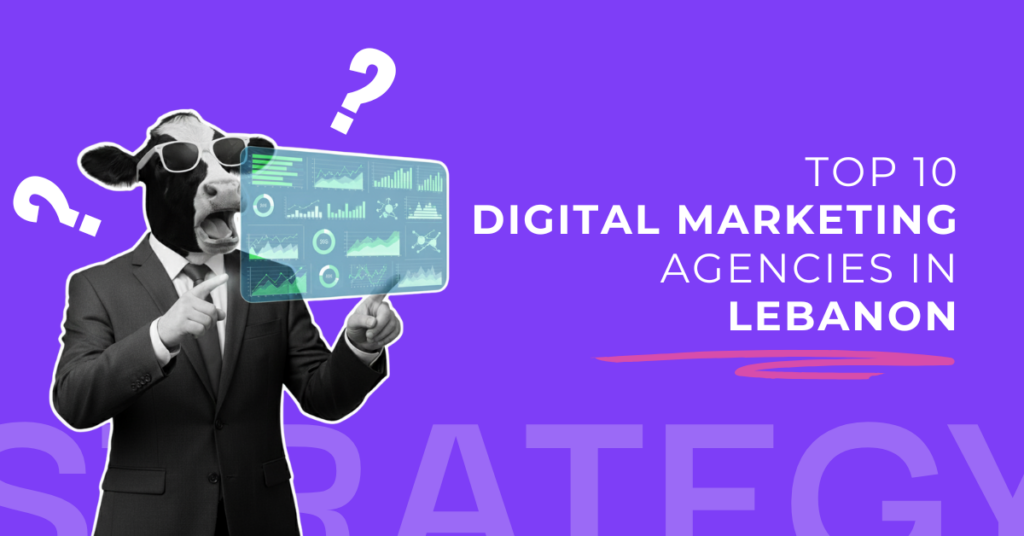Table of Contents
Most strategies use data to target people. Here is how to use data to move them.
If you search for “Data-Driven Marketing,” you will find a million articles telling you to buy expensive software, track every click, and build complicated charts.
But they often miss the most important part.
Data isn’t just a scoreboard. It’s a compass.
The biggest mistake companies make is using data only to measure what happened yesterday. A truly smart strategy uses data to inspire what you create tomorrow. This guide will show you how to bridge the gap between “cold numbers” and “warm creativity.”

The “Analysis Paralysis” Trap
Have you ever stared at a Google Analytics dashboard and felt overwhelmed? You see bounce rates, session times, and conversion percentages. But what do you do with that?
Many businesses fall into the “Reporting Trap.” They send weekly PDF reports to the boss that say, “Traffic is up 5%.” The boss says, “Good.” And then… nothing changes.
The Fix: Stop asking “What happened?” and start asking “Why?”
- Don’t just look at: High bounce rate on the pricing page.
- Ask Why: Is the price too high? Is the “Buy” button broken? Or is the page just ugly?
The Secret Sauce: “Data-Driven Creativity”
This is the part most experts ignore. You shouldn’t keep your data team and your creative team in separate rooms.
How to use numbers to spark ideas:
Let’s say you sell coffee. Your data shows that 60% of your customers buy coffee at 2:00 PM on Tuesdays.
The Boring Approach: Send an email at 1:55 PM saying “Buy Coffee.”
The Creative Data Approach: Ask why are they buying at 2:00 PM? That is the “after-lunch slump.” They are tired. They hate their boss right now. They need energy.
Now, your creative team can write a funny ad: “Survive the 2 PM meeting. Grab a double-shot.”
See the difference? The data gave you the *context*, but the creativity gave you the *message*.
3 Steps to Build This Strategy
Step 1: Collect “Small Data” (Not Just Big Data)
“Big Data” is millions of clicks. “Small Data” is reading 10 customer support emails. Small data tells you the emotion. Combine the two. Use Big Data to see the trend, and Small Data to understand the feeling.
Step 2: The “Input” Meeting
Before you launch a new campaign, have a 15-minute meeting where the data person talks to the writer/designer.
Data Person says: “People keep searching for ‘easy to clean’ on our website.”
Writer says: “Great! Let’s write a headline: ‘The only gadget you can clean in 3 seconds.'”
Step 3: Test for Learning, Not Just Winning
Don’t just test Red Button vs. Blue Button. Test different psychologies.
Try one ad that uses “Fear of Missing Out” and one ad that uses “Social Proof” (reviews). The data will tell you what motivates your audience more. That is a permanent lesson you can use forever.
Final Thought
Data doesn’t kill creativity; it saves it from guessing. When you build a strategy that respects the numbers and the human story behind them, you stop annoying people with ads and start helping them with solutions.
Next Step: Open your customer reviews today. Read the last 5 negative reviews. What is the pattern? That is your first data point. Now, go fix it.




